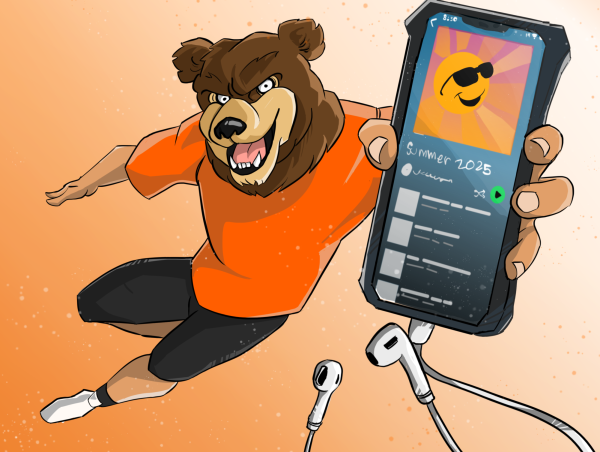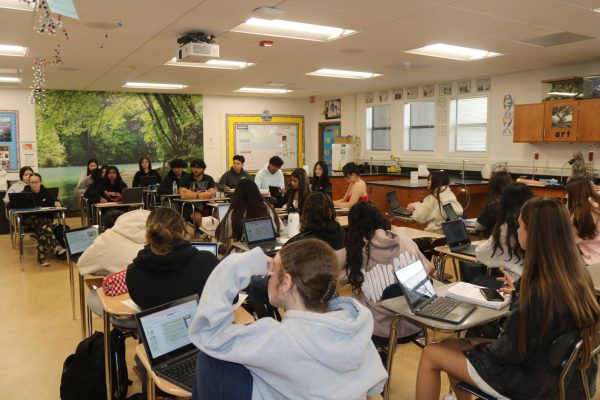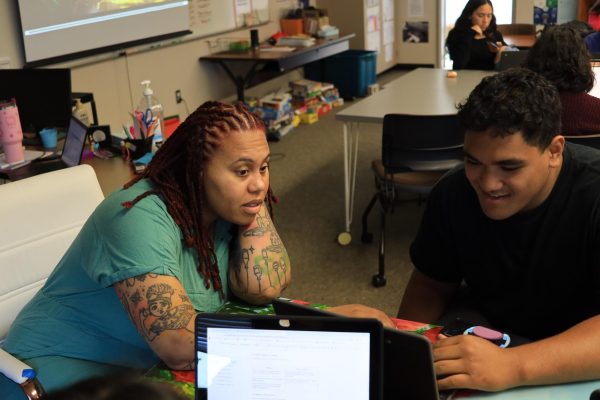How did COVID-19 vaccine get developed so quickly?
Although only approved for emergency use, vaccines rolled out in less than a year
Vaccines usually take 10-15 years to develop and get approved, but the COVID-19 vaccine was created and ready to roll out to the public in less than one year.
The Pfizer mRNA COVID-19 vaccine was one of the first vaccines in the U.S. that was approved for emergency use on Dec 11, 2020 after undergoing multiple trials. Pfizer first went to trial with phase 1 in mid-March 2020. The Pfizer vaccine is the vaccine that most students ages 12 to 17 are getting because it’s the only one approved right now for that age group.
The other vaccines that have been developed and are being used are ones by Moderna and Johnson & Johnson. Moderna is another mRNA vaccine that was approved on Dec 18. The J&J vaccine is a different type of COVID-19 vaccine that is fully effective after one shot. It was approved on Feb 27, 2021. The FDA has authorized the emergency use for all of the COVID vaccines even though none have been officially approved.
Viral vector vaccines use a modified version of a different virus as a vector to deliver instructions, in the form of a gene, to a cell. This vaccine does not cause the recipient to get COVID-19 or the virus that was used as the vector.
Conversely, the mRNA vaccines created by Pfizer and Moderna teach cells how to make a protein that triggers an immune response inside a person’s body. That immune response produces antibodies that protect people from getting infected if the real virus enters their bodies, according to the Centers for Disease Control.
Although many people are excited to be getting the vaccine to help bring everything back to normal, others are questioning if it’s safe.
“Science is able to do things much faster than before,” Cal High’s biomed teacher Joanna Condon said. “More scientists work together creating the vaccine.”
The COVID-19 vaccine was developed in less than one year, compared to the influenza vaccine which took 27 years to develop, test and get approved, according to the CDC. The 1918 influenza pandemic infected an estimated 500 million. In 1945, the first influenza vaccine was created. COVID has killed nearly 600,000 people in the U.S. alone, and almost 3.4 million worldwide, according to ourworldindata.org.
So how did the COVID vaccine get created so easily without compromising anyone’s safety? One of the reasons could be that because the pandemic has affected everyone around the world, so making a vaccine for a global pandemic would require global cooperation.
Scientists started working on the COVID-19 vaccine in January 2020, and with proper funding and resources, the vaccine went to trials effectively and quickly. This resulted in researchers being allowed to go into phase 3 of the clinical trials, which tested the vaccine on large groups of people to see if the vaccine is effective and safe. After that, the COVID-19 vaccines started getting mass produced and shipped on December 14, 2020.
According to Yale Medicine, the Pfizer vaccine has been proved to be 95 percent effective in clinical trials. Moderna, the other mRNA vaccine, has been proven to be 95 percent effective as well. The single-shot Johnson & Johnson vaccine has been proven to be 66 percent effective. The Pfizer and Moderna vaccines require two shots spaced a few weeks apart.
Recently there has been news from CNBC saying the Pfizer vaccine may need a third shot to be fully effective. Pfizer CEO Albert Bourla, reported that people will need a booster vaccine after 12 months to be fully vaccinated.
The Pfizer vaccine is the only one available for ages 12 to 17. Some side effects of this vaccine are pain, redness and swelling at the area of where you get the shot. Common symptoms are feeling tired or sick.
The Moderna vaccine is given to people to the age of 18 and up. This vaccine is easy to store compared to the other ones because Moderna should be refrigerated from 2-8 degrees Celsius. According to Healthline.com, during the clinical trials, patients that got the Moderna vaccine often reported pain, fatigue, headache, and aches at the injection site.
The Johnson & Johnson vaccine has faced some issues and was briefly halted after six women experienced the rare side effect of serious blood clotting, according to Yale Medicine. Other side effects are similar to the Pfizer vaccine and Moderna vaccines.

Sri Kotipalli is a sophomore now at Cal High. His hobbies are playing tennis, piano, and videogames. He also hangs out with his dog and family. This is...



